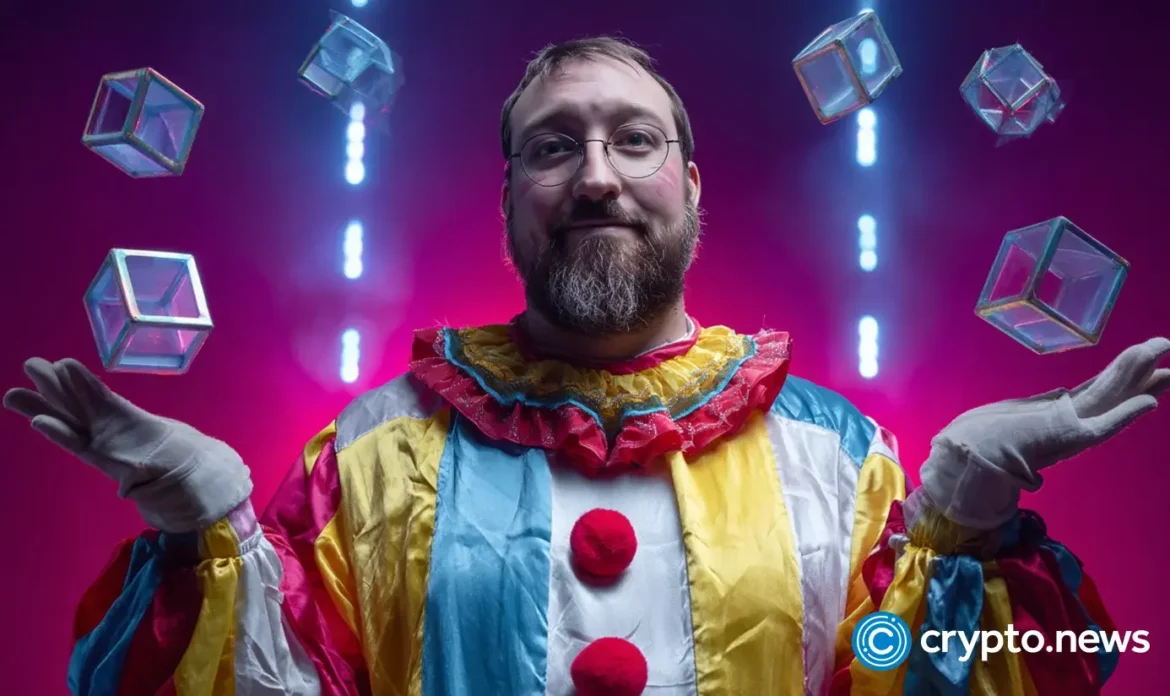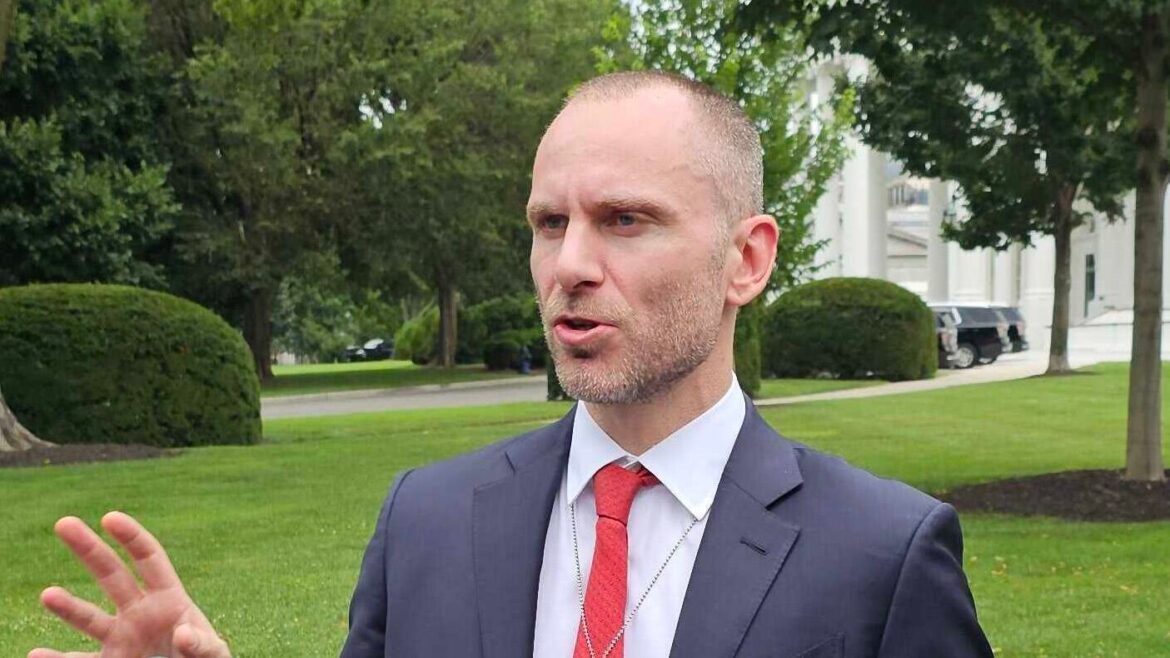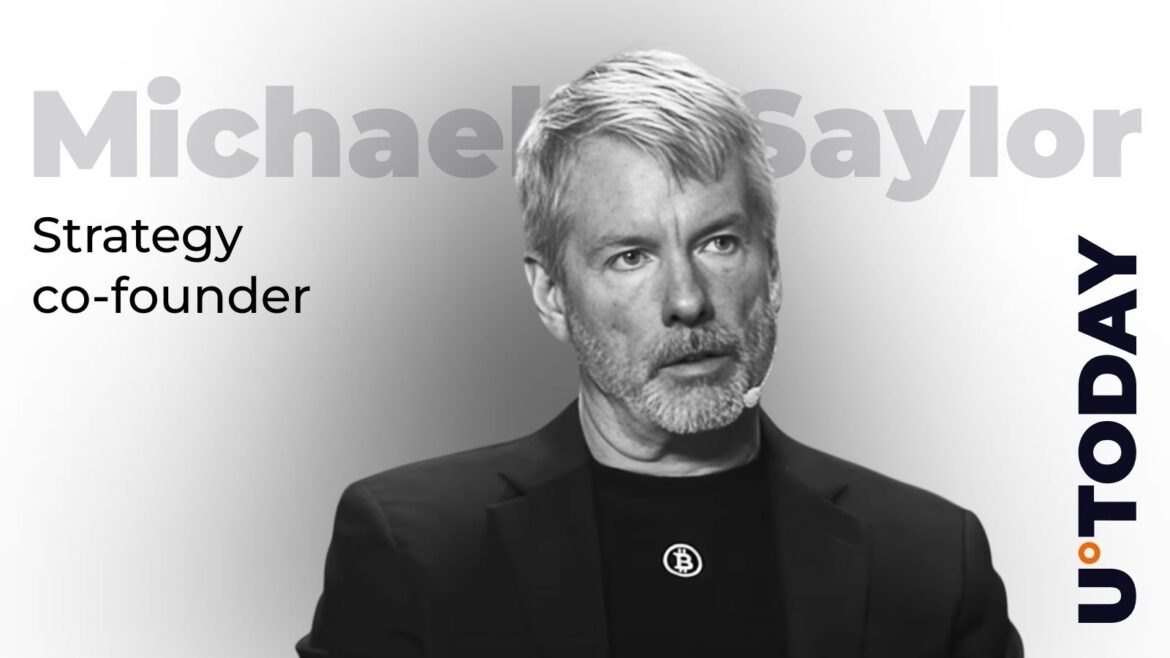From an outside perspective, I think it was probably fairly obvious that MindsEye was never going to do very well. There was barely any game to show off, so they mostly didn’t. What they did show didn’t look very good either, and when it came out, it was a glitchy mess. This all put 300 staff members at risk of being laid off, the full extent of which still being not particularly clear. And in a recent interview, the game’s lead actor Alex Hernandez has shared his own experience of being the face of the game (spoiler alert: it’s not great).
Speaking on the FRVR Podcast, Hernandez spoke of what it was like having his face attached to such a mess of a game, quite plainly saying, “It’s hard. I’m not gonna lie about that. It’s a difficult thing to spend two-and-a-half years on a project that you’re really proud of and you’re proud of your contribution to it… for the 300 or so employees at Build A Rocket Boy, you’re like ‘I hope this goes really well.’ I want them all to get raises and have a giant party and have this be the job that launches their career.”
Perhaps the more upsetting thing to hear Hernandez say was how his name will “now be associated with something that many people have regarded as pretty f*****g bad. And as an artist, as a man, as a gamer, that hurts, it’s wildly painful.” This is an aspect of an increased use of motion and facial capture we’re not really thinking of.
My best guess is that actors’ real faces are being used more and more to help get better and more believable in-game performances (those who know better feel free to sound off in the comments). The trade-off here is that you are then thrusting some of these actors into the spotlight, one which features a community that, as many of us know, isn’t always the kindest, and I am putting that as politely as possible.
Personally, I always prefer a tightly designed character over motion capture anyway – even if I did enjoy getting a first-person perspective of Mads Mikkelsen in Death Stranding – but perhaps there’s yet another lesson to be learned here in the need for safeguards to be put in place for the people that are being put at the front of high profile games.










